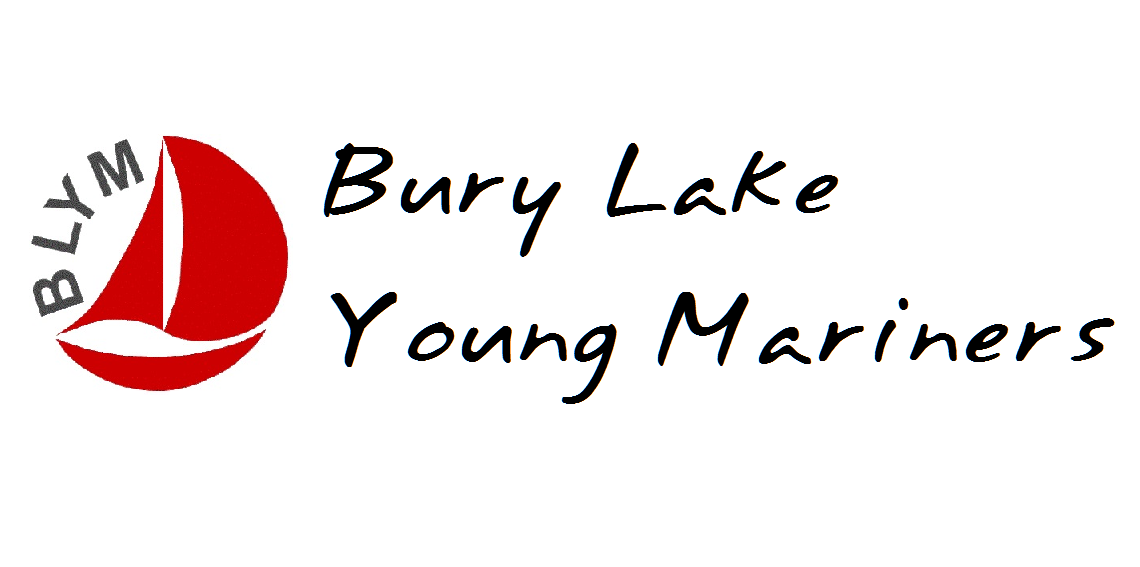by Alan Russell
Previous Sails Drive – The First Ten Years
Part Seven
The first six parts of this series explained the fund-raising initiatives in 1989-91 that gave BLYM its first serious fleet investment. This is more than a lifetime ago for your youngest members and it is hard to imagine a BLYM where the fleet was small and dilapidated. It is easy to take for granted the fleet and facilities we have today, but it has taken more than thirty years of hard work to get there.
The fund-raising initiative we called Sails Drive took place in 1988-91 and gave us our first ever fleet of brand-new boats. These consisted of Wayfarers, Coypus, Toppers and Oppies. Along the way we also found a sponsor for a 420 racing dinghy. The fleet had been transformed, but this was only the start. None of us could have conceived of the developments that lay ahead.
Things moved a bit more slowly over the next few years. We had put enormous energy into raising more than £35,000 over three years and we needed a break from the fund-raising fatigue that had set in. But the ambition was undiminished. At this time, the RYA held a competition amongst boat designers to propose a youth racing development boat. The requirement was for a crewed boat suitable for younger teenagers to race competitively, with a spinnaker. This would become the preferred RYA youth development boat.
Several conventional boat builders wanted existing models to be chosen, such as the Cadet and the Mirror. These were a conventional design of boat, with a symmetric spinnaker. A few designers came up with more inspiring ideas and to cut a long story short, the winner was the Hobie 405 dinghy. The designer was Chris Benedict, an American living in England who had made his name designing Fireballs and versions of the International 14, a development class that had evolved over the years into something resembling a flying machine.
 |
 |
Chris Benedict in his workshop with an International 14 hull, and his innovative Hobie 405 dinghy (right)
Chris brought his prototype 405 to BLYM to give some of our sailors a chance to try it out. He gave us a fascinating talk on the ideas he had put into the design. The boat could be rigged with a symmetric spinnaker and had the unique option for an asymmetric spinnaker. Asymmetric spinnakers were well established in larger racing dinghies but at the time unheard of in smaller classes. The hull was made to stack with one boat on top of another, bow to stern, and the decks locked together for transport. And the boat had a trapeze, exceeding the design brief. We bought one for BLYM, and St Clement Danes School sailing club bought two with a grant from their parents’ association. At the time, BLYM’s chairman was Peter Conway, who was also head at St Cement Danes School, and an avid sailor. Peter did a lot to create a stimulating fleet for his school and BLYM.
Sadly, the 405 class was not long lived. The builder, Hobie, were known for catamarans but not mono hulls. The boat had a narrow crew weight range making it unsuitable for anyone heavier than a young teenager. The real issue came from the sudden and unexpected death of Chris Benedict, whose vision for the boat was pivotal and irreplaceable. But for about 15 years the Hobie 405 was a popular and exhilarating boat for young people to sail at BLYM.
Part Eight
As the nineties progressed, we continued to invest in the BLYM fleet.
Apart from our Enterprise dinghies, BLYM had little to offer in the way of intermediate or advanced boats. Dominic Redding, one of our volunteers and a student at Ashlyn’s School, revived a fleet of three 470 dinghies that had been languishing in the boat park in a state of disrepair, and largely forgotten about. Whilst the boats were old, they could buy us a few years until we could afford something better. Dominic gave the three boats the names of Sausage, Egg and Bacon. They were a useful addition to the fleet for a couple of years.
Advanced-level boats are BLYM’s least economical investment. Fees generated for their use do not justify the cost but having an advanced fleet for our most capable sailors lends a lot of credibility to the BLYM fleet. However, we would have to wait a bit longer before we could afford anything new.
Part Nine
Our attention turned to the powerboat fleet. We had only two powerboats, the Tod diesel-engine launch, and a Coypu with a 4-horsepower outboard engine. As our sailing fleet was expanding, we needed to improve our powerboat feet for rescue and coaching. There was one memorable day when both powerboats were unserviceable and safety cover was reduced to a solitary rowing boat. Clearly this couldn’t continue.
Amongst the abandoned boats in the BLYM boat park was a Dory hull. The fibreglass hull had deteriorated and had begun to absorb water, so the hull was excessively heavy. But we refurbished the hull as best we could. We were given an elderly Johnson outboard engine, which we fitted to the refurbished Dory. Although the heavy boat was slow, it gave us a valuable increase in powerboat capacity. We also purchased a Jenneau powerboat hull and transferred the 4hp engine from the Coypu. Again slow, it was a more stable platform than the Coypu hull.
In subsequent years we added more powerboats to the fleet, with increased engine size. We have tried various brands of outboard engine including Mariner, Honda and Mercury, but we have found Yamaha to be the most robust. There is an added benefit of kill cords, fuel systems and other spares being interchangeable through the Yamaha range, which is not the case with other brands. Interchangeability of parts amongst the Yamaha engines gives useful flexibility.
We eventually found the money to replace the Dory engine, which we upgraded to a 20hp Yamaha. We replaced The Jenneau engine with a 5hp Yamaha. These small increases in engine size made a worthwhile difference. And towards the end of the nineties we were able to afford a new Dell Quay dory hull. We now had a decent quality powerboat fleet of two boats. It felt like luxury at the time, and we could not have foreseen how this would grow into the fleet of 11 powerboats we have today
Part Ten
In 1996 one of our young volunteers, Stephen (Steve-O) Davey, came up with the idea of running the Coypu Nationals at BLYM. The Coypu is a Norfolk-designed boat. There are two versions, a sailing dinghy and a pulling or rowing model. The sailing version was adopted by the Hertfordshire County Council activity centres in the 1960s and there is a fleet at Herts Young Mariners at Cheshunt, at Barton Turf Activity Centre in Norfolk, and at BLYM. There are a few in private ownership and pulling Coypus are used by youth organisations, including Batchworth Sea Scouts who keep two at BLYM.
The Coypu Nationals was supposedly sponsored by Dunlop Green Flash Wellies according to Steve-O, although we never saw the colour of Dunlop’s money. It was held on 28th and 29th September 1996. We didn’t tell ISAF (now World Sailing), the international governing body of racing, which is probably just as well. There is no class specification for a Coypu, so it was declared a development class for the weekend. This allowed competitors to modify their boats to coax a bit more speed out of them. Being a national championship, it was a two-day event, with the Saturday dedicated to modifying the boats, a measurement barbecue on the Saturday evening, and racing on the Sunday.
Considerable invention was shown in modifying the boats. One was fitted with running backstays, and another with a spinnaker. A third was fitted with a Fireball rig, which was amazingly fast in a straight line, but with a big rig and a small rudder it didn’t turn particularly well. In fact, it didn’t turn at all. There was a brisk wind for racing on the Sunday. The regatta was won by Tom Sweet and Nick Lincoln who both had to sit on the transom of their overpowered boat to prevent it nosediving and pitchpoling. The trophy was constructed out of ancient brass boat fittings to commemorate the origin of the class. The regatta was so successful that the following year BLYM ran the Coypu Worlds. Maybe we should revive the idea.
Part Eleven
In 1997 we received a donation from Lloyds Bank to purchase a Challenger trimaran, a boat specifically designed for disabled sailors. BLYM had an ancient Challenger and it was hoped a second one would stimulate more activity for those with disabilities. We still have the boat, but it is no longer used, which seems a shame.
Towards the end of the nineties, BLYM’s fleet of six Enterprise dinghies was looking tired. The boats had been purchased fifteen years earlier, all second-hand. The glass-fibre Enterprise hulls were quite fragile and not best suited to the sort of use they had to endure at BLYM. We wanted to replace them with something that would be interesting to sail, yet more resilient.
The fleet of Wayfarers had been built by Porter Brothers in Emsworth. The brothers in question were Mike and Ian. Mike looked after sales and Ian ran the workshop. Ian was a Wayfarer class national champion. He gave a knowledgeable talk to a racing course running at BLYM on one of his visits. Porter Bothers were building a new class of dinghy, the Leader. Similar in appearance to a Wayfarer, it was lighter, narrower, and more agile. We again took part in prototype trials at BLYM, and pictures taken of this were used by Porter Bothers in their brochure for the Leader. BLYM bought two of them, called Leader and Millennium respectively. They became our intermediate boat for the next ten years.
Equally tired were the old second-hand Wayfarers. We essentially had two Wayfarer fleets, five newer boats for courses and five shabby second-hand boats for general use. The newer boats were called Tesco 1 and Spirit of Youth 1, 2, 3 and 4. The older boats were called June, Frances, Mavis, Pennysworth and Blue. We decided to pension off the older boats and over four years raised the money to buy three new Wayfarers, Spirit of Youth 5, 6 and 7. The last two were Wayfarer SDs, a self-draining version that turned out not to be a successful design. When capsized the floated high in the water and were difficult to right by lighter sailors. But at the time we bought them they made the whole fleet look a million dollars. The oldest two Wayfarers were sold off. Tesco and Spirit of Youth 1-3 were downgraded to the everyday fleet. We had taken another big step forward.
At this point we became interested in the Laser 2000, which was being promoted by Laser as an intermediate boat that was fun but flattering to sail. In other words, it gave inexperienced people an opportunity to progress into a more challenging class.
We used our surplus cash as well as some donations to buy a fleet of four of them.
Part Twelve
And so ended another decade. And it probably looks easy. Lots of money raised and lots of new boats and equipment purchased. But behind all this achievement lies an enormous effort by a very small number of people. Our funds came (and continue to come) from four sources.
- Our operational surplus or profit, the difference between BLYM’s income and what it costs to run the club. For this, we must thank everyone who helps administer the club and all those who deliver our courses and activities. It’s a massive undertaking every year.
- Grants from companies and charitable trusts. There is more to this than may be apparent. Many funders will support only certain types of good cause. We first need to verify that BLYM qualifies, and then write a detailed application that explains how we meet the criteria and how we will use a grant if awarded. Many donors require a later report on what their grant has achieved. Each application takes anything up to 30 hours work, and not every application is successful. To raise, say, £30,000 from a range of sources requires about 250 hours of volunteer time, just for the administration.
- Grants from individuals. These can be BLYM members, supporters or general benefactors. The best results are obtained when we have a personal introduction to the donor from a member of BLYM. Donations have ranged from a few pounds to tens of thousands. We have to look after our donors as some give more than once. It all takes time, but the results justify the effort.
- Legacies from members and supporters who have remembered us in their will and donations in memory of members and supporters who have sadly passed away. Look around BLYM and you will see benches and memorial plaques to commemorate these generous acts.
The story has now reached the year 2000, and over 11 years we had raised about £80,000. With another 20 years to bring us to the present day you can imagine that there are many more tales to tell. Little did we know that the next 20 years would see our fund-raising pass the £1million mark.
The story will continue!






